Home>Storage & Organization>Kitchen Organizing Tools>How To Make Your Own Cat Litter Box
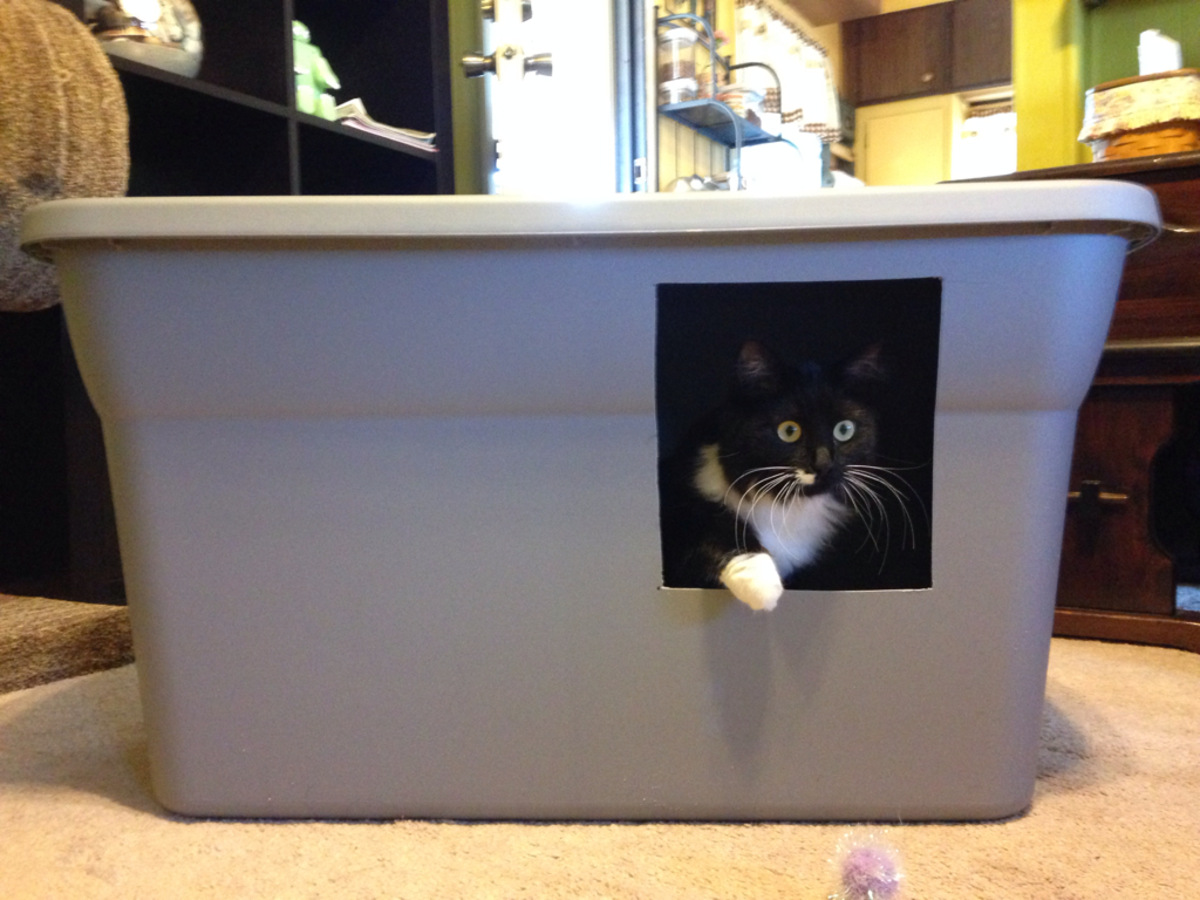

Kitchen Organizing Tools
How To Make Your Own Cat Litter Box
Modified: March 2, 2024
Discover how to create a custom cat litter box using kitchen organizing tools. Keep your space tidy and your feline friend happy!
(Many of the links in this article redirect to a specific reviewed product. Your purchase of these products through affiliate links helps to generate commission for Storables.com, at no extra cost. Learn more)
Introduction
Creating a homemade cat litter box can be a rewarding and cost-effective solution for pet owners. By customizing a litter box to suit your cat's preferences and your home's layout, you can provide a comfortable and hygienic space for your feline friend. Whether you're seeking a budget-friendly alternative or simply enjoy do-it-yourself projects, making your own cat litter box allows for personalization and creativity.
In this comprehensive guide, we'll explore the essential steps to craft a functional and appealing litter box for your cat. From selecting the right container to choosing the most suitable litter, we'll cover every aspect of this DIY endeavor. By following these steps, you can ensure that your cat has a clean and inviting space to attend to their needs, while also integrating the litter box seamlessly into your home environment.
Let's embark on this journey to create a tailored litter box that meets both your cat's needs and your aesthetic preferences. Whether you're a seasoned DIY enthusiast or a first-time pet owner, this guide will equip you with the knowledge and inspiration to craft a personalized cat litter box that enhances your living space and keeps your feline companion content.
Key Takeaways:
- Crafting a homemade cat litter box allows you to create a personalized and hygienic space for your feline friend, integrating seamlessly into your home environment while prioritizing your cat’s comfort and well-being.
- By carefully selecting the container and choosing the right litter, you can create a comfortable and inviting DIY cat litter box. Regular maintenance practices are essential for upholding a clean and odor-free environment for your feline companion.
Read more: How To Make Your Cat Pee In The Litter Box
Choosing the Right Container
When it comes to creating a homemade cat litter box, selecting the right container is a crucial first step. The container serves as the foundation for the litter box, influencing its functionality, accessibility, and integration into your home. Here's a detailed exploration of the key factors to consider when choosing the container for your DIY cat litter box:
Size and Accessibility
The size of the container is a fundamental consideration. It should provide ample space for your cat to comfortably move around and perform their litter box duties. Additionally, the container should be easily accessible for your cat, with low sides or a cutout entrance to facilitate effortless entry and exit. This accessibility is particularly important for kittens, elderly cats, or those with mobility issues.
Material and Durability
Opt for a sturdy and durable material for the container, ensuring that it can withstand regular use and cleaning. Plastic storage bins or shallow plastic storage boxes are popular choices due to their durability and ease of maintenance. These materials are also resistant to moisture, which is essential for containing the litter and minimizing odors.
Integration with Home Decor
Consider the aesthetic appeal of the container, especially if you plan to place the litter box in a visible area of your home. Look for a container that complements your home decor or can be customized to blend seamlessly with your interior design. This could involve choosing a container in a neutral color or applying decorative elements to enhance its visual appeal.
Read more: How To Make A Litter Box For Cats
Customization Potential
Assess the customization options offered by different container designs. Some containers may feature removable lids, which can be modified to create an enclosed litter box, providing privacy for your cat and containing litter scatter. Additionally, containers with smooth surfaces and minimal crevices are easier to clean and maintain, contributing to a hygienic litter box environment.
By carefully considering these factors, you can select a container that aligns with your cat's needs and your home environment, laying the foundation for a successful DIY cat litter box project. The chosen container will serve as the cornerstone of the litter box, influencing its functionality, durability, and visual appeal. With the container selected, the next step is to explore the various options for selecting the right litter to create a comfortable and hygienic environment for your feline companion.
Selecting the Right Litter
Choosing the appropriate litter is a critical aspect of creating a homemade cat litter box. The type of litter you select can significantly impact your cat's comfort, hygiene, and overall litter box experience. Here's an in-depth exploration of the key considerations when selecting the right litter for your DIY cat litter box:
Clumping vs. Non-Clumping Litter
One of the primary decisions to make is whether to opt for clumping or non-clumping litter. Clumping litter forms solid clumps when it comes into contact with moisture, making it easier to scoop out soiled areas and maintain a cleaner litter box. On the other hand, non-clumping litter absorbs moisture without forming solid clumps, requiring more frequent complete litter changes. Consider your cat's preferences and your cleaning routine when deciding between these two options.
Material and Texture
Litter is available in various materials, including clay, silica gel crystals, natural fibers, and more. Each material offers distinct benefits in terms of odor control, absorbency, and dust levels. Additionally, the texture of the litter can influence your cat's comfort and willingness to use the litter box. Some cats may prefer finer textures, while others may favor coarser materials. It's essential to consider your cat's preferences and any potential sensitivities when evaluating the material and texture of the litter.
Read more: How To Make A Cat Litter Box Out Of A Tote
Odor Control and Dust Levels
Effective odor control is a crucial consideration when selecting litter for your cat's litter box. Some litters are specifically formulated to minimize odors, keeping the litter box area fresh and pleasant. Additionally, assessing the dust levels of the litter is important, especially if you or your cat have respiratory sensitivities. Low-dust or dust-free litters can contribute to a healthier and more comfortable environment for both you and your feline companion.
Environmental Impact
For environmentally conscious pet owners, considering the environmental impact of the litter is essential. Some litters are biodegradable, made from sustainable materials, or designed to minimize ecological footprint. By opting for eco-friendly litter options, you can reduce the environmental impact of your cat's waste while promoting sustainability in your pet care practices.
By carefully evaluating these factors, you can select the right litter that aligns with your cat's preferences, your cleaning routine, and your environmental values. The chosen litter will play a pivotal role in creating a comfortable and hygienic environment within your DIY cat litter box, ensuring that your feline friend has a pleasant and inviting space to attend to their needs.
Setting Up the Litter Box
Once you have chosen the ideal container and selected the appropriate litter for your DIY cat litter box, it's time to set up the litter box to provide a comfortable and inviting space for your feline companion. This crucial step involves arranging the container, adding the chosen litter, and incorporating additional elements to enhance the functionality and appeal of the litter box.
Arranging the Container
Begin by finding the optimal location for the litter box within your home. Consider a quiet and easily accessible area that provides your cat with privacy while allowing you to monitor the litter box. Ensure that the chosen spot is away from your cat's feeding area, as cats prefer to keep their eating and elimination spaces separate. Additionally, placing the litter box away from high-traffic areas can help create a tranquil environment for your cat to use the litter box comfortably.
Adding the Chosen Litter
Carefully pour the selected litter into the container, ensuring an even and sufficient layer to accommodate your cat's digging and covering behaviors. The depth of the litter layer should typically range from 2 to 3 inches, providing ample coverage for waste while allowing your cat to engage in natural litter box behaviors. Avoid overfilling the container, as this can lead to litter scatter and make cleaning more challenging.
Incorporating Additional Elements
Consider incorporating additional elements to optimize the litter box setup. For example, placing a litter mat beneath or around the litter box can help contain scattered litter, minimizing cleanup efforts and maintaining a tidy surrounding area. Some pet owners also opt to include a litter box deodorizer or air purifier near the litter box to manage odors and promote a fresh environment.
Encouraging Positive Associations
To encourage your cat to use the new litter box, consider adding familiar scents or objects, such as a small amount of their previous litter or a favorite toy, to create a sense of comfort and familiarity. Additionally, providing positive reinforcement and praise when your cat uses the litter box can help establish positive associations with the new setup.
By following these steps and considerations, you can effectively set up the DIY cat litter box, creating a welcoming and functional space for your cat to fulfill their litter box needs. This thoughtful arrangement ensures that your feline companion has a comfortable and hygienic environment, while also integrating the litter box seamlessly into your home.
Maintaining the Litter Box
Maintaining the cleanliness and hygiene of the cat litter box is essential to ensure a pleasant environment for your feline companion and minimize odors in your home. By implementing regular maintenance practices, you can uphold the functionality and appeal of the DIY litter box while promoting your cat's well-being. Here's a detailed exploration of the key steps and strategies for effectively maintaining the litter box:
Read more: How To Make Your Own Tool Box
Scooping and Waste Removal
Regular scooping and waste removal are fundamental aspects of litter box maintenance. Aim to scoop the litter box at least once a day, removing soiled litter and solid waste to prevent odor buildup and maintain a clean surface for your cat to use. By promptly addressing waste accumulation, you can create a more inviting space for your cat and streamline the overall cleaning process.
Complete Litter Changes
In addition to daily scooping, periodic complete litter changes are necessary to refresh the litter box and ensure optimal hygiene. The frequency of complete litter changes may vary based on the type of litter used and the number of cats in your household. Generally, it's recommended to replace the entire litter and thoroughly clean the container every 2-4 weeks, or as needed based on odor and cleanliness indicators.
Cleaning and Sanitizing the Container
When conducting a complete litter change, take the opportunity to clean and sanitize the litter box container thoroughly. Use a mild, unscented soap or specialized pet-safe cleaner to wash the container, ensuring that all traces of waste and odor are removed. Rinse the container thoroughly and allow it to dry completely before adding fresh litter, preventing bacterial growth and maintaining a hygienic environment.
Litter Box Deodorizing
Integrating a litter box deodorizer or odor-neutralizing product can contribute to a fresher and more pleasant litter box area. Consider using natural deodorizing agents such as baking soda, activated charcoal, or specialized pet-safe deodorizing products to minimize odors and create a more inviting space for your cat. Regularly refreshing or replacing the deodorizing elements can enhance their effectiveness.
Read more: How To Make Your Litter Box Not Smell
Monitoring and Maintenance Adjustments
Stay attentive to your cat's litter box habits and behaviors, as changes in usage patterns or preferences may indicate the need for maintenance adjustments. For example, if your cat shows reluctance to use the litter box or exhibits increased litter scatter, it may be beneficial to reassess the litter type, depth, or cleanliness. Making timely adjustments can address potential issues and maintain a comfortable litter box environment for your cat.
By implementing these maintenance practices and remaining proactive in caring for the DIY cat litter box, you can uphold a clean, hygienic, and inviting space for your feline companion. Regular maintenance not only promotes your cat's well-being but also contributes to a harmonious coexistence between your pet and your home environment.
Conclusion
Crafting your own cat litter box provides a unique opportunity to tailor a space that meets both your cat's needs and your personal preferences. By carefully selecting the container, choosing the right litter, and setting up the litter box thoughtfully, you can create a hygienic and inviting environment for your feline companion. The DIY approach allows for customization, enabling you to integrate the litter box seamlessly into your home while ensuring your cat's comfort and well-being.
As you embark on this DIY endeavor, remember that the key to a successful homemade cat litter box lies in understanding your cat's behaviors and preferences. By observing your cat's litter box habits, you can make informed decisions regarding the container size, accessibility, and litter type, ultimately enhancing your cat's litter box experience.
Furthermore, the maintenance of the litter box is an ongoing commitment that directly impacts your cat's health and the overall cleanliness of your home. Regular scooping, complete litter changes, and diligent cleaning and sanitizing routines are essential for upholding a hygienic and odor-free environment within the litter box.
In conclusion, creating a homemade cat litter box is not only a practical and cost-effective solution but also a creative endeavor that allows you to prioritize your cat's well-being. By investing time and effort into crafting and maintaining a personalized litter box, you can provide your cat with a comfortable and hygienic space while seamlessly integrating the litter box into your home environment. This DIY approach fosters a deeper connection with your pet and empowers you to optimize their living environment based on their unique needs and preferences. As you embark on this journey, remember that the ultimate goal is to create a harmonious and enjoyable space for both you and your beloved feline companion.
Frequently Asked Questions about How To Make Your Own Cat Litter Box
Was this page helpful?
At Storables.com, we guarantee accurate and reliable information. Our content, validated by Expert Board Contributors, is crafted following stringent Editorial Policies. We're committed to providing you with well-researched, expert-backed insights for all your informational needs.
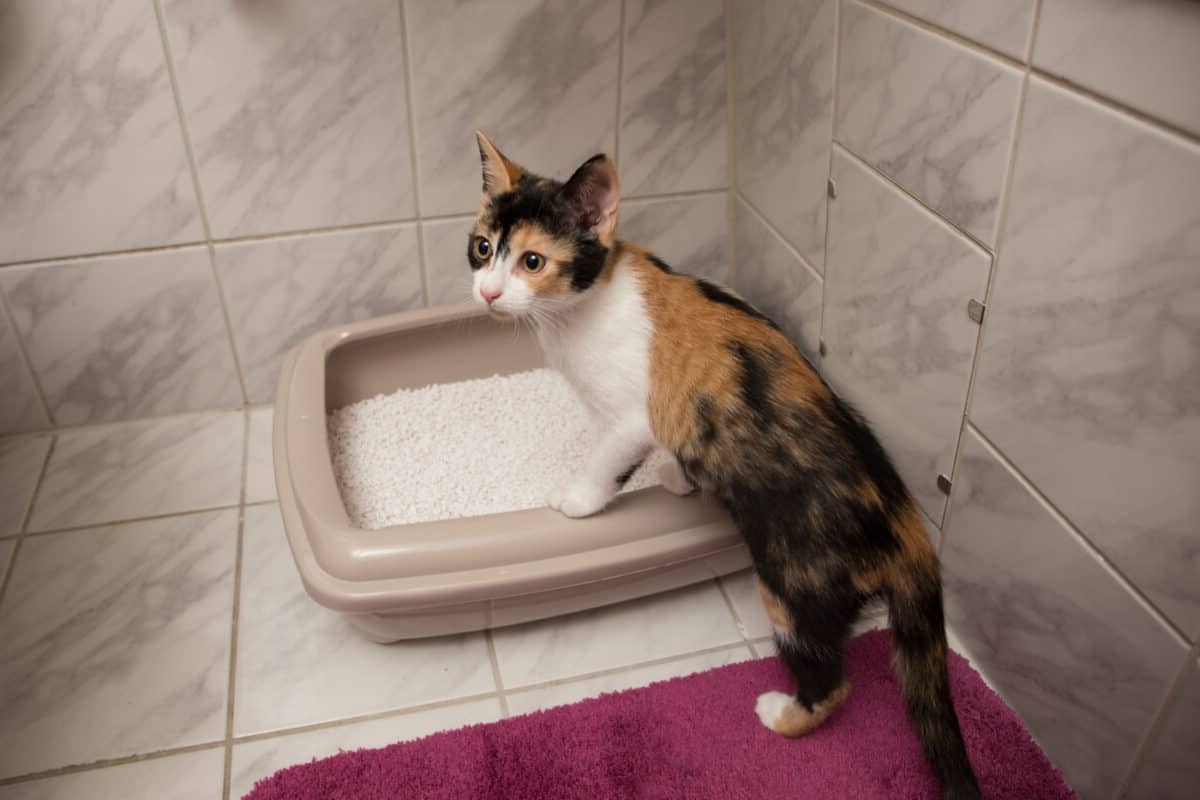
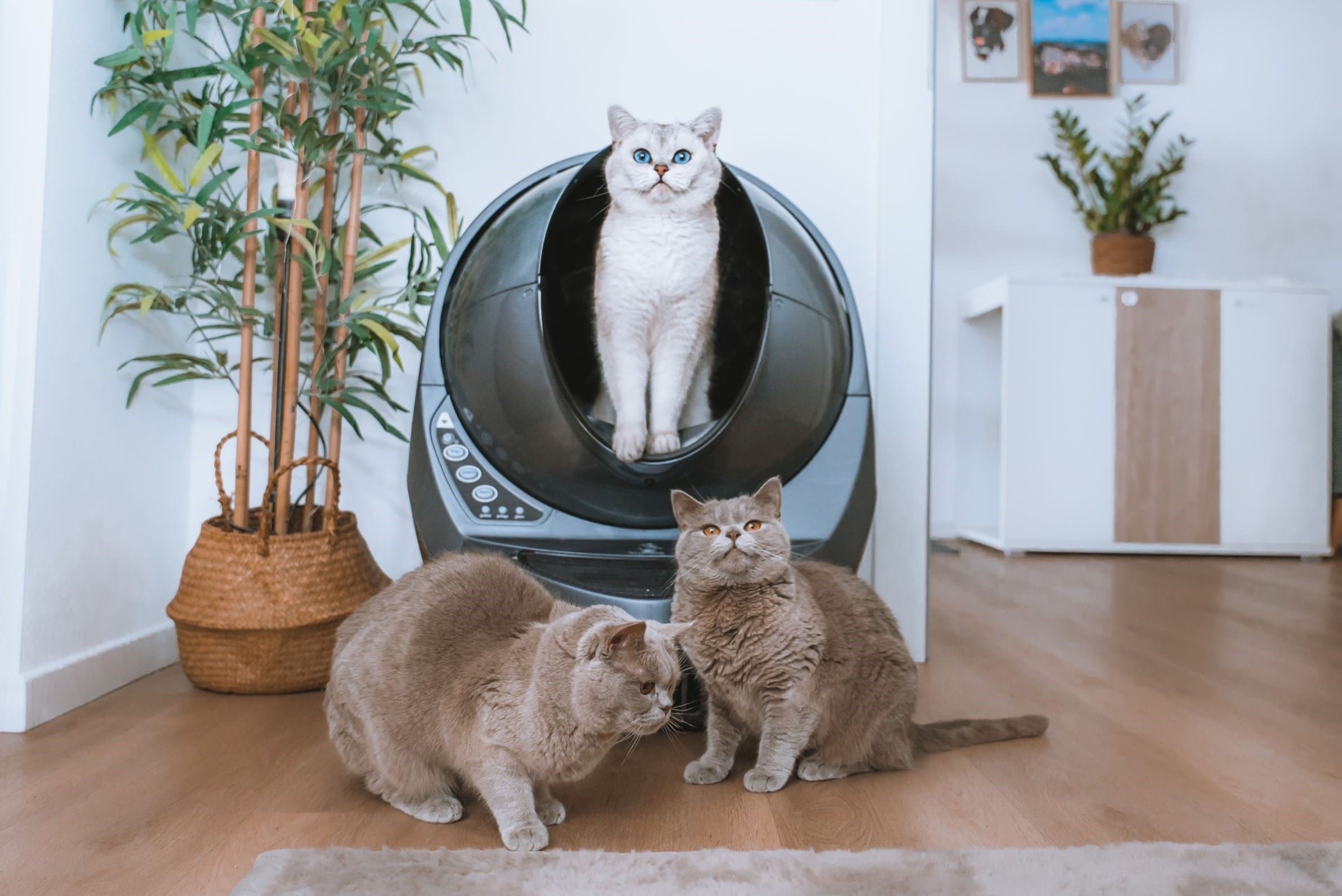
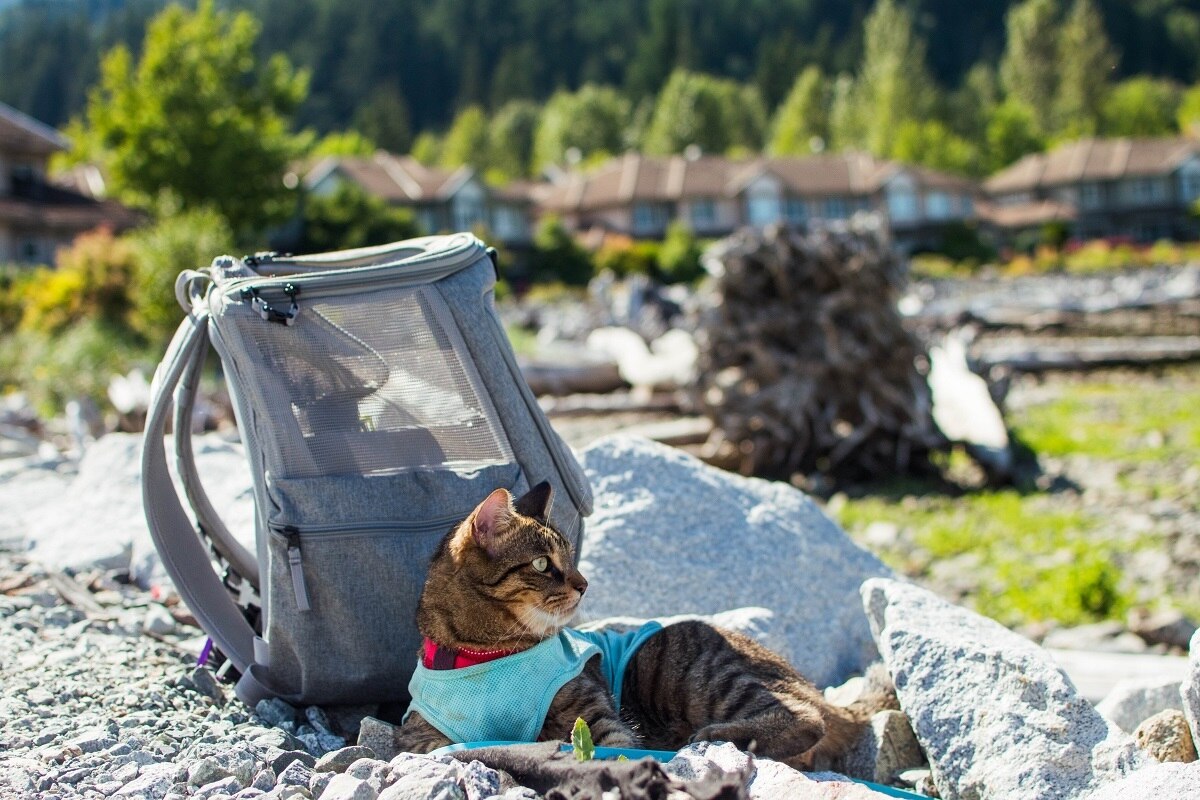
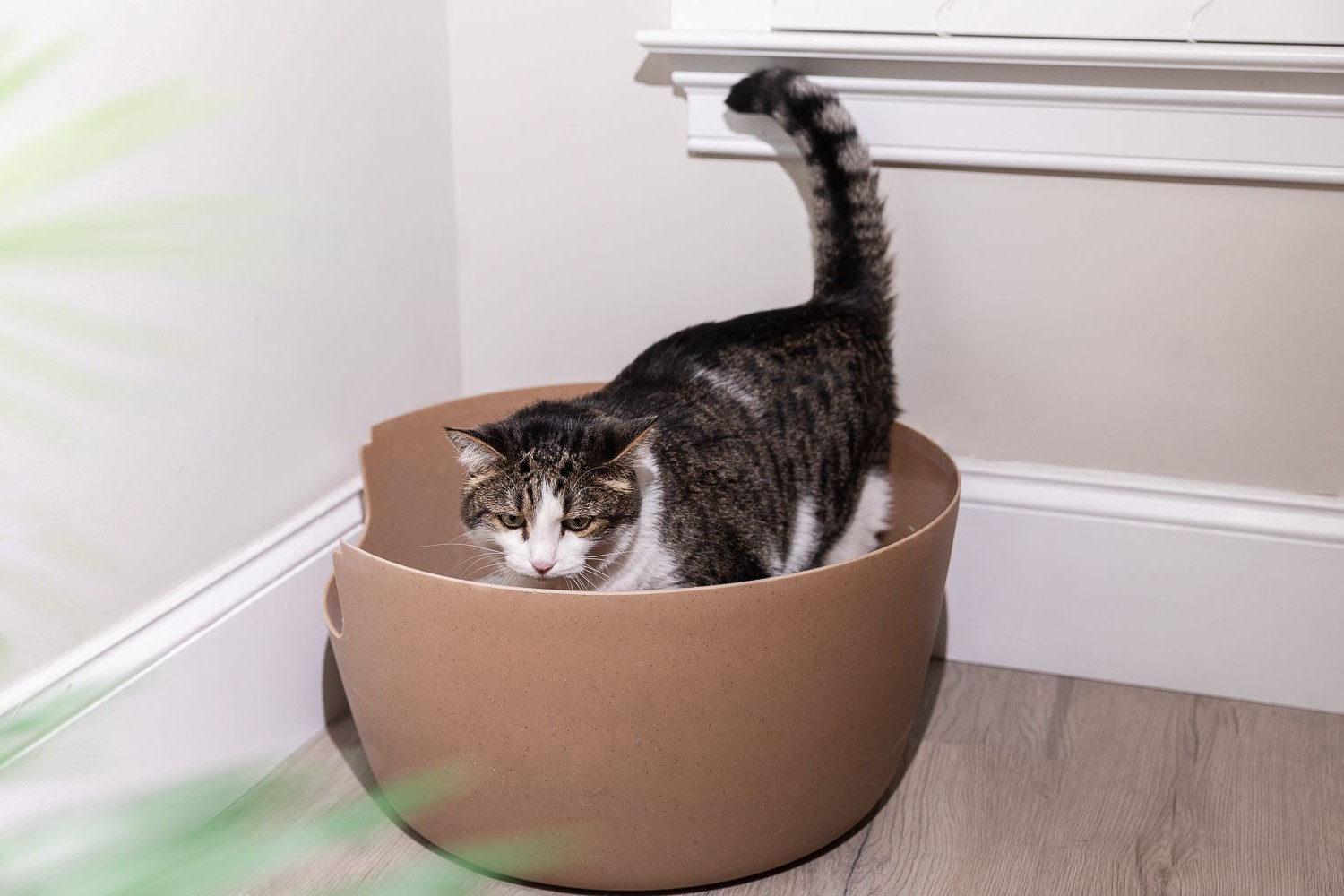
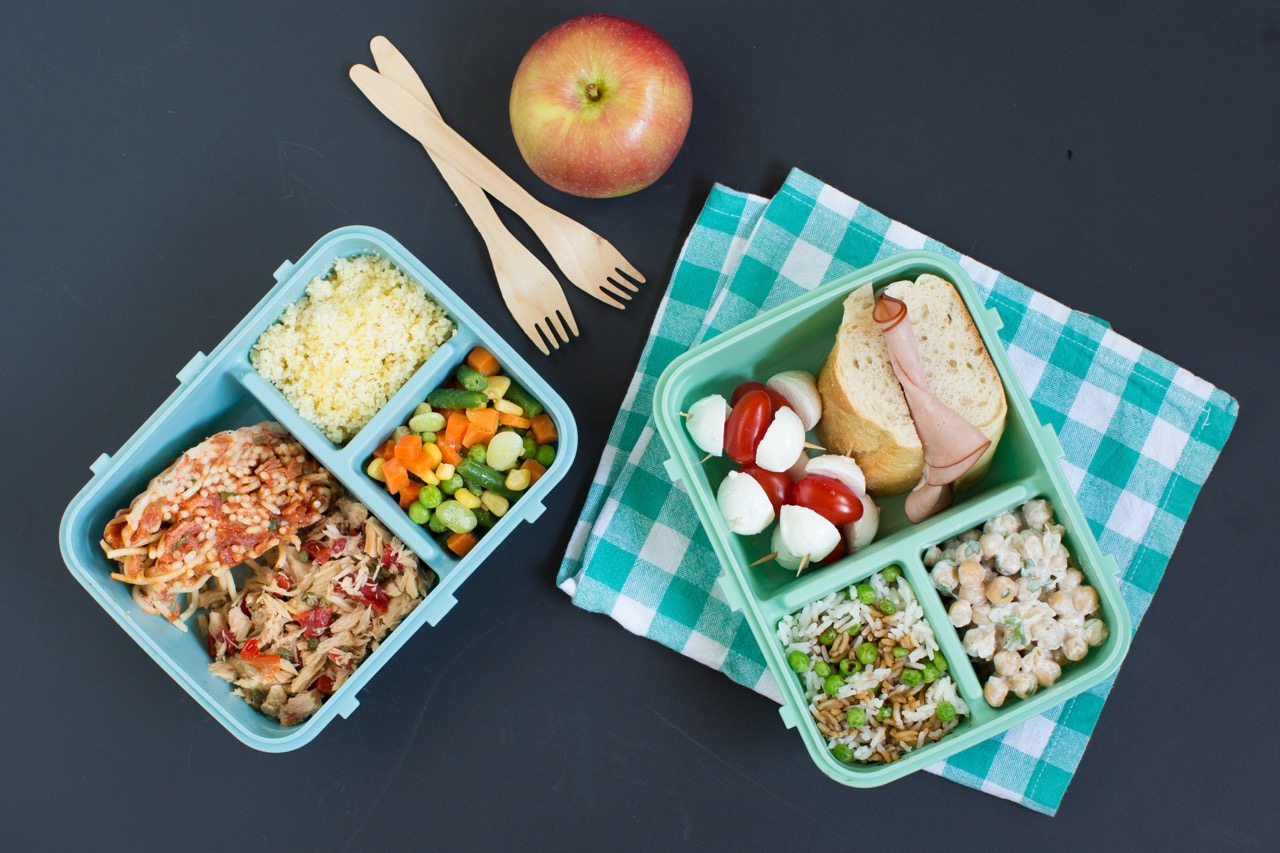
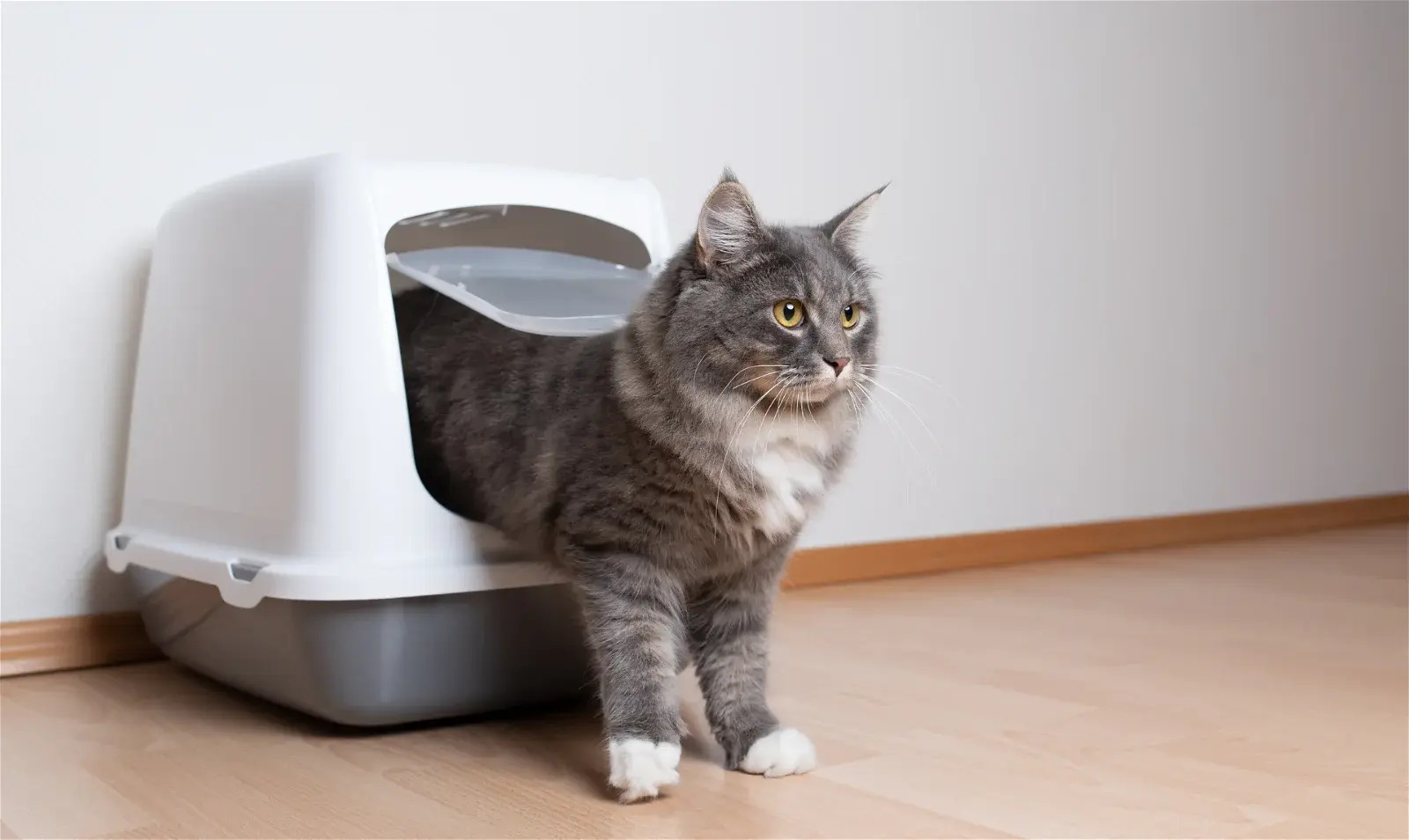
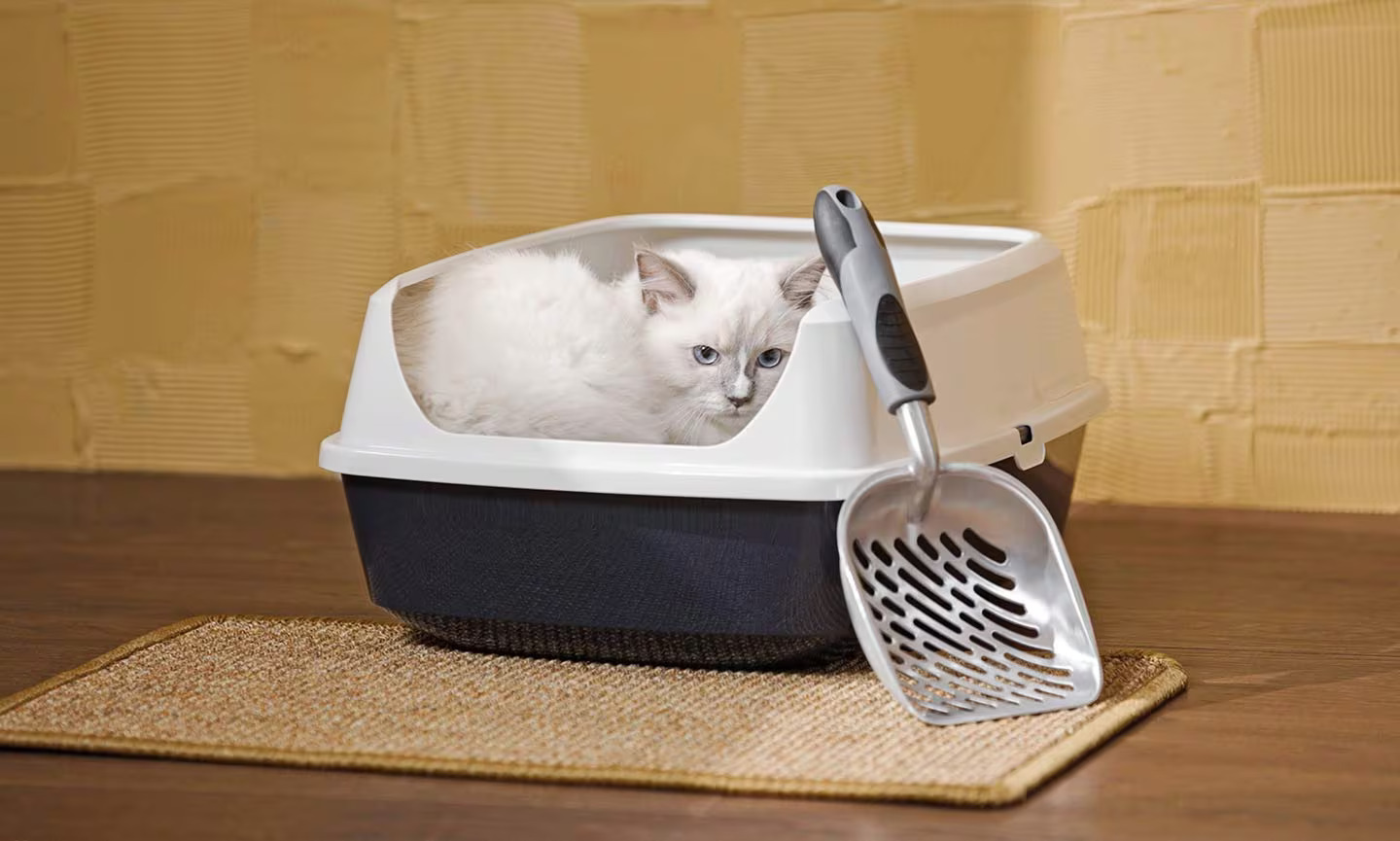
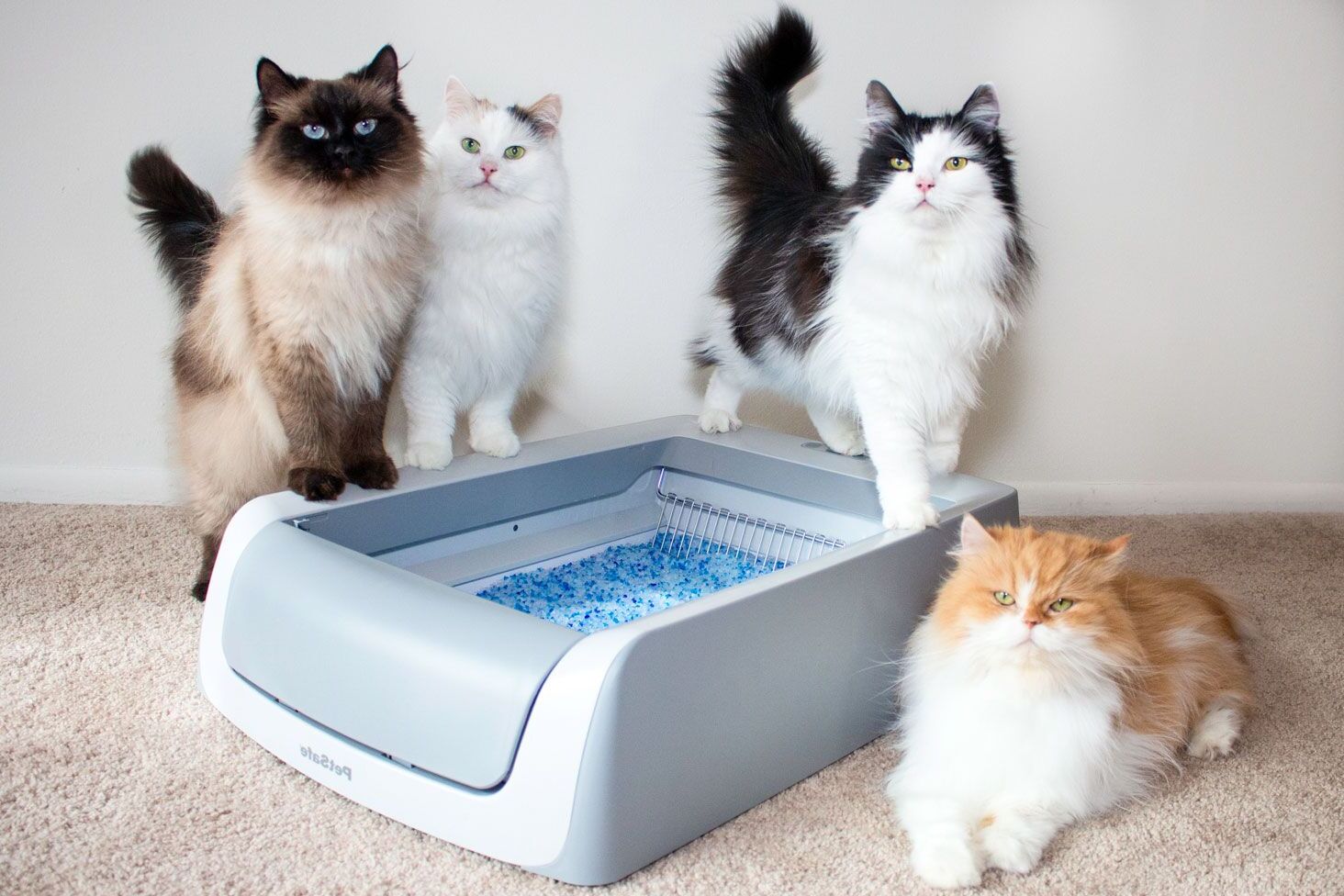
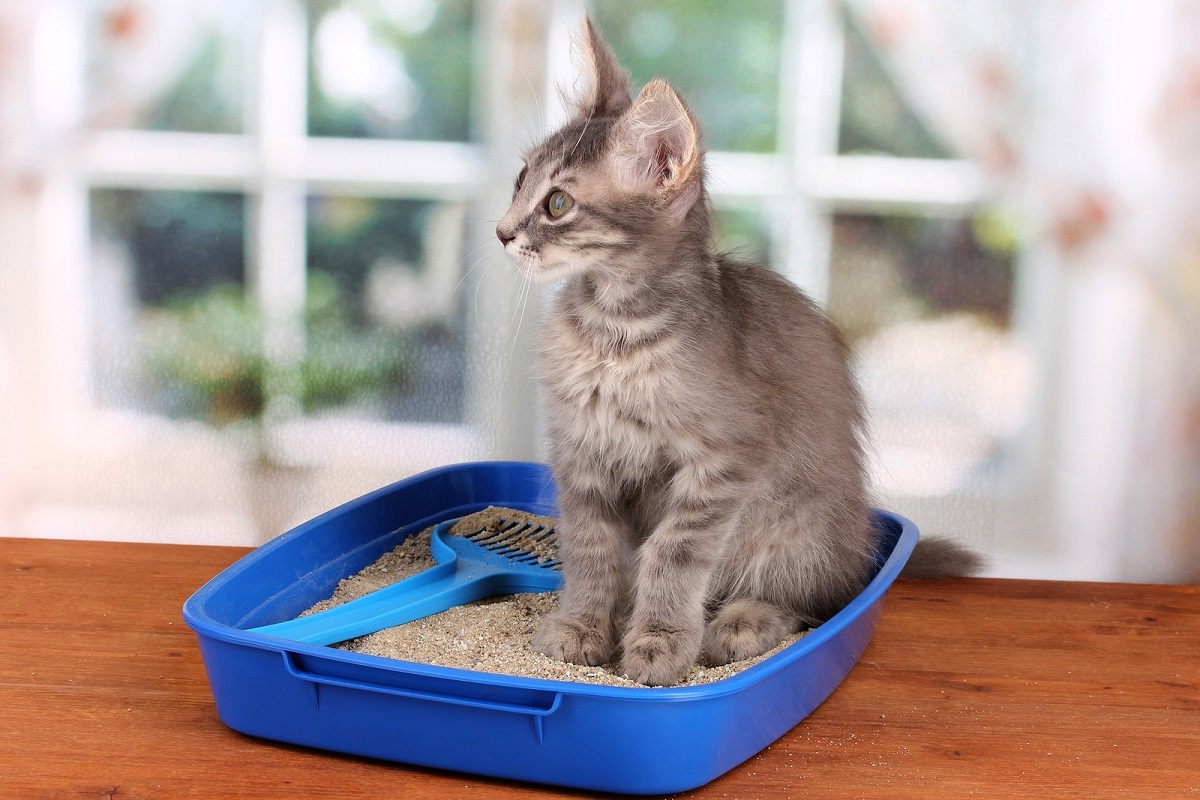
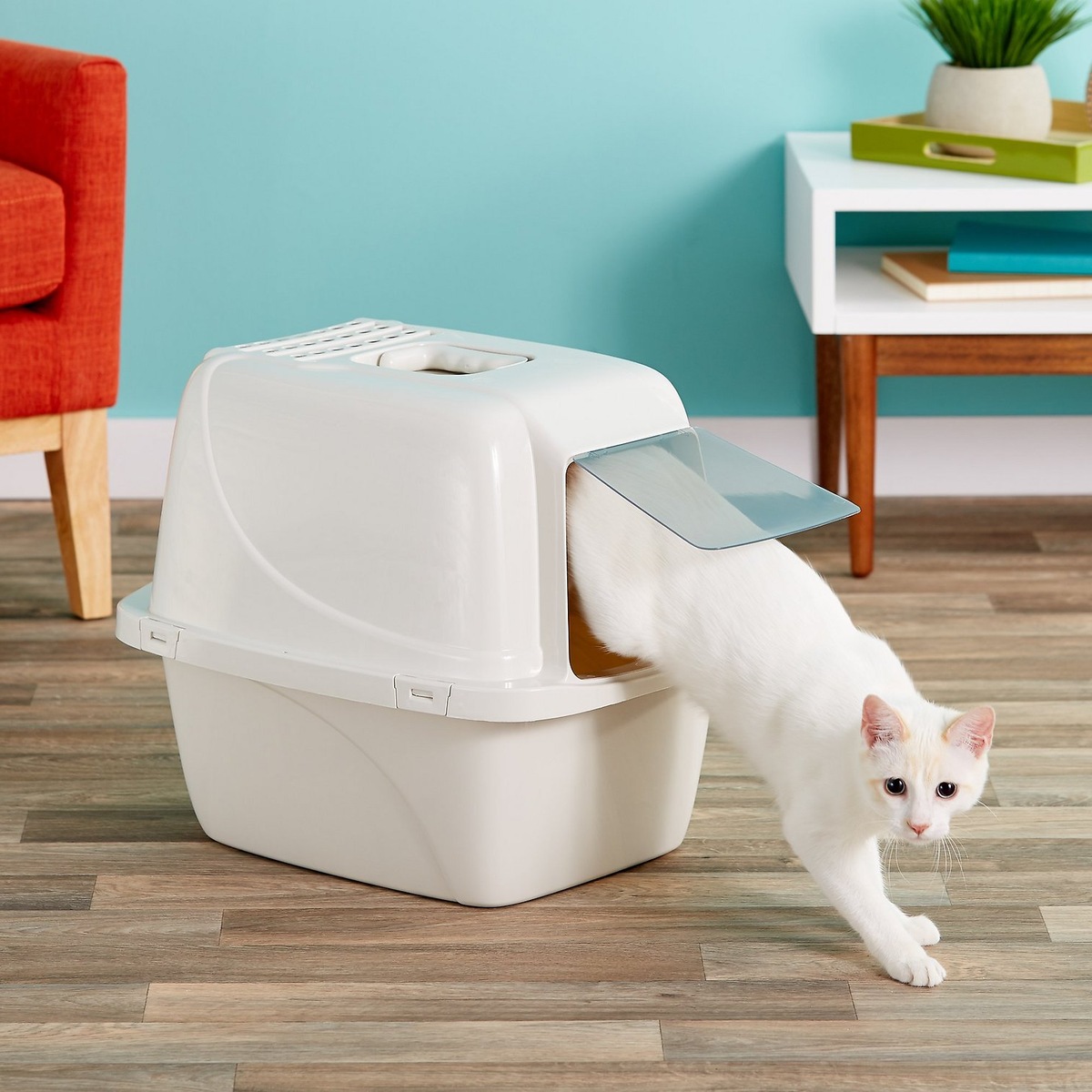

0 thoughts on “How To Make Your Own Cat Litter Box”